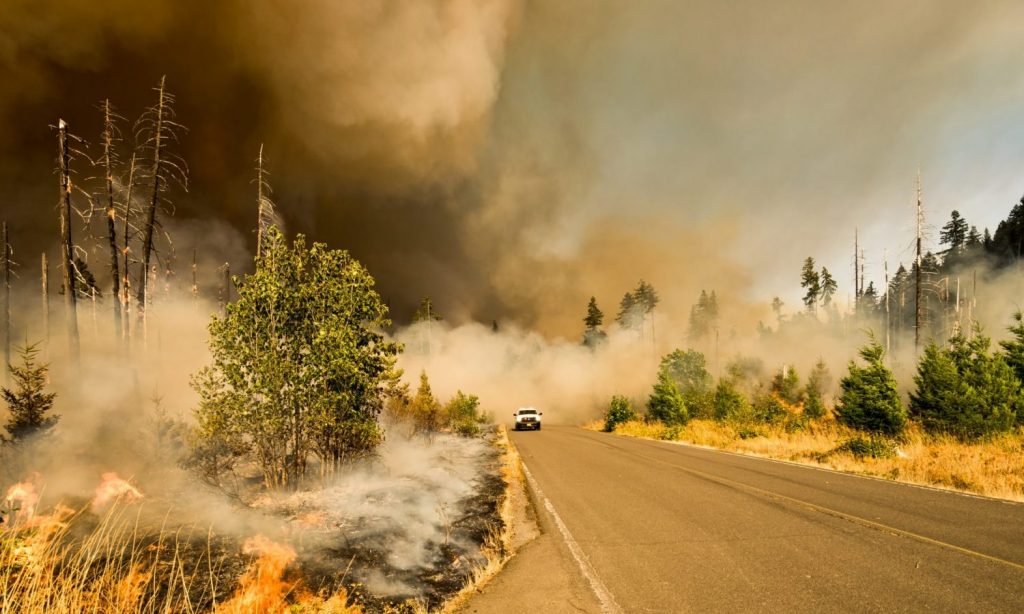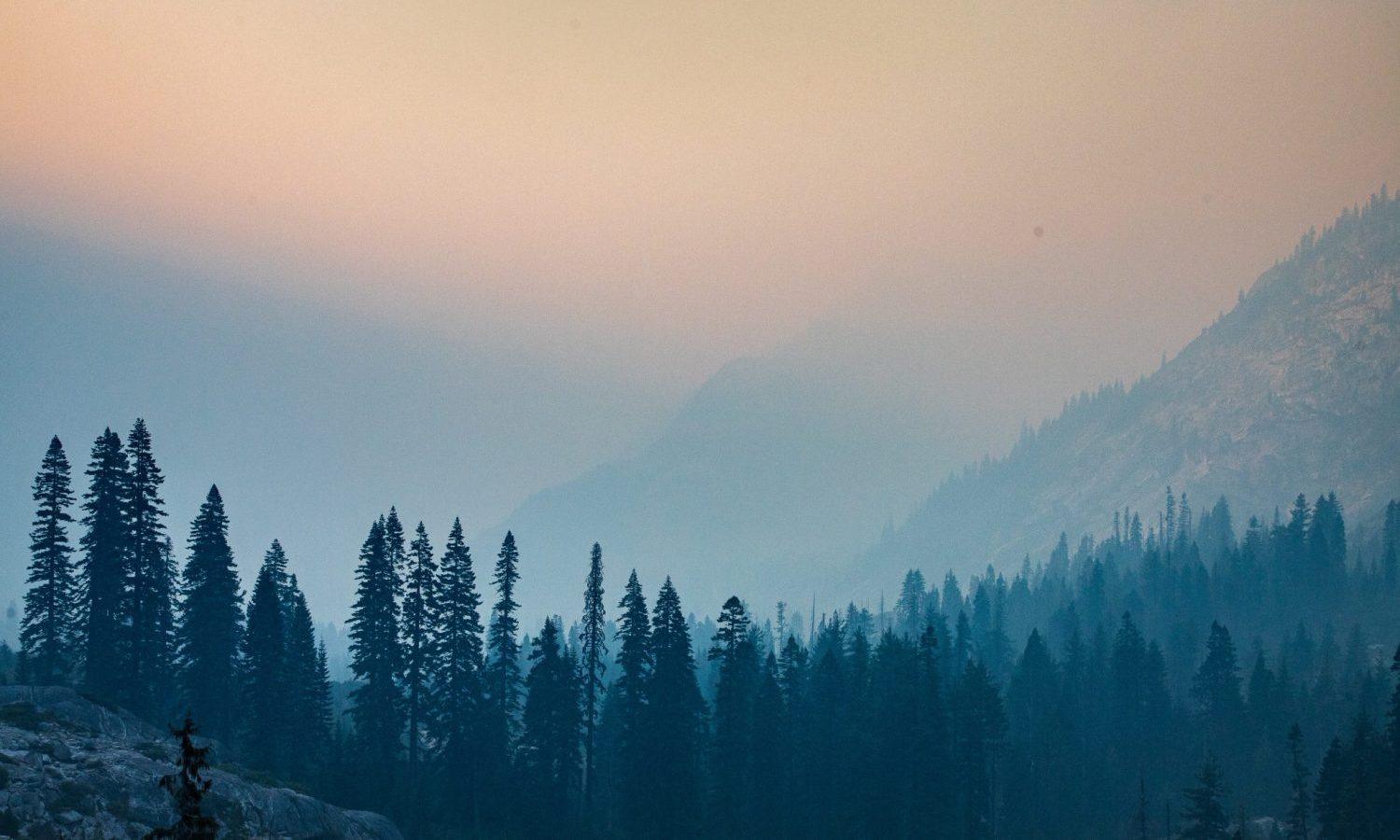Poor indoor air quality can rarely be detected with the naked eye, but it’s the root cause of many illnesses from asthma to cancer.
After experiencing last year’s historic wildfire season, it seemed like we had seen the worst. But last year’s fire events do not compare to the 2021 fire season for California and Washington.
In California, between January 1 and July 4, there were 4,599 fires that scorched 114.8 square miles, compared to the same time frame last year that brought 3,847 fires that blackened 48.6 square miles. Washington recently declared a state of emergency due to the extreme heat wave, banning most campfires, bonfires, residential yard-debris cleanup, trash disposal, land clearing, and agricultural burning.

The smoke from wildfires in some of these areas are tangible, and having face masks readily available is a smart first action. Authorities may request that you shelter indoors. However, simply sheltering in your home does not provide much protection against another issue that’s often overlooked — poor indoor air quality. Poor indoor air quality can rarely be detected with the naked eye, but it’s the root cause of many illnesses from asthma to cancer.
Considering the spread of the new delta COVID-19 variant carried in the air, along with extended fire seasons, people in fire regions need to be better prepared for smoke lockdowns. But how can you improve the air inhaled by not only you and your children, but also by your parents and those with compromised immune systems?
We are in the grips of record-breaking hot summer months, there are four steps to improve your home’s Indoor Air Quality and help keep your family healthy and safe.
1. Be aware of quickly developing fire events — and prepare
Experts recommend that you stay indoors during days with moderate air-quality alerts and especially during air quality warnings. While most of us are probably most familiar with ozone alert days, particulate pollution has the most significant impact on individuals with compromised immune systems, particularly those with lung disease, heart disease, the elderly, or the very young.
2. Keep your home airtight by reducing outside air infiltration
The most immediate danger from particulate matter is typically a 100-mile radius from the fire, though particulates can linger in the air for up to two weeks after a fire. Even if you cannot see or smell the wildfire, it does not mean the harmful particulates aren’t impacting your area’s air quality. When inside your home, do not run ventilation systems that bring outdoor air inside such as bathroom fans or any type of fan connected directly to the outside. Do your best to keep all doors and windows closed.

3. Use your air conditioner to passively “scrub” the air
Don’t rely on standard HVAC filters to collect tiny particulate pollutants such as smoke, dust, dander, viruses, and bacteria; these particles are too small and they pass right through the filters.
For improved air quality, consider upgrading your HVAC air filter to a HEPA or carbon filter. Both types of filters remove up to 97% of particles, capturing contaminants and particles. HEPA filters remove dust, dander, and other allergens such as mold, while carbon filters remove smoke, fumes, etc. When wildfires are active in your area, you should change HVAC filters every 30 days.
There are two downsides to utilizing these “passive” air treatments, including the high price point. Also, since these are considered passive air treatment solutions, smoke and other pollutants must pass through the filter itself.
4. Eliminate smoke throughout Your Home
Standard furnace filters allow 80% particles 3.0 microns or larger to pass through the filter. These particles disperse to all conditioned areas of the home, which in essence, means that the fan is mixing the interior air and creating a relatively equal distribution of unhealthy particles.
But what if these pollutant particles were larger, so they could be trapped in filters or inactivated and fall harmlessly to the ground?

Look for active air treatment technologies that work in conjunction with your standard furnace air filter and can be easily installed in the existing ductwork. The technology disperses safe levels of hydrogen peroxide molecules (comparable to levels experienced in sunlight) to all conditioned spaces within the home. These airborne hydrogen peroxide molecules actively seek and attach to pollutants such as viruses, bacteria, mold and smoke. By attaching a hydrogen molecule to a pollutant, the pollutant becomes larger. Even traditional HVAC filters can capture these pollutants and remove them from the air.
RELATED: Fire Season Is Coming — Here’s What That Means For Canna-Businesses
Perhaps the most important active air treatment? The active hydrogen peroxide molecules are distributed throughout a room. There is no need for the pollutants to be pulled through a filter. The pollutants are inactivated and rendered harmless when they come in contact with hydrogen peroxide molecules in any part of the room.Utilizing active air treatment technology in conjunction with your existing HVAC system,and cost-effective filters is effective against even the smallest pollutants and viruses.
Side note: active air treatment technologies have been on the market for decades and they have been tested to ensure safety and efficacy. In fact, these same solutions can be found in many commercial and retail establishments, as well as grocery stores even in your dentist’s office.
Prepare Now for an Unpredictable Summer
With the pandemic re-energizing the focus on Indoor Air Quality, there are many untested and unproven solutions on the market. Ask your licensed HVAC professional about proven active air purification solutions for residential and commercial applications. Installation of these units is simple and relatively non-invasive but needs to be completed by a licensed HVAC professional to ensure proper sizing and performance.


